Transform Your Digital Strategy: From CMS to DXP with Orbitype

Introduction: The Evolution from CMS to DXP
Understanding the shift from traditional CMS to a comprehensive Digital Experience Platform (DXP) is crucial for modern businesses. While traditional CMS platforms have long been used for website content management, they can create bottlenecks, hinder scalability, and make it challenging to integrate advanced digital solutions.
As the digital landscape evolves, businesses must move beyond traditional content management and embrace headless CMS, REST API-driven content delivery, React headless CMS, and JAMstack CMS to stay competitive. This article explores the challenges of legacy CMS and how DXPs empower businesses to revolutionize their digital strategy with Orbitype.
Understanding CMS and Its Limitations
A Content Management System (CMS) is designed to help businesses create, manage, and publish content. While CMS platforms have been effective for years, they come with inherent limitations:
Rigid Structure: Traditional CMS platforms are often coupled with a specific front-end, making customization difficult.
Limited Integrations: Many CMS solutions struggle to integrate with modern tools, leading to inefficiencies.
Scalability Challenges: As businesses grow, traditional CMS platforms often require extensive modifications to support expansion.
Performance Issues: Server-side rendering and dynamic content management can slow down website performance.
As digital demands shift towards omnichannel experiences, real-time updates, and greater content flexibility, businesses need a more agile and scalable approach.
The Rise of Digital Experience Platforms
Digital Experience Platforms (DXPs) represent the next stage in content management, integrating customer interactions, content personalization, and multi-channel content delivery. Unlike traditional CMS, DXPs are designed to offer advanced personalization, seamless integration, and real-time adaptability.
How DXPs Differ from CMS:
Personalization at Scale: DXPs allow businesses to customize content delivery based on user behaviors.
Seamless Omnichannel Integration: Unlike CMS, which primarily serves websites, DXPs distribute content across websites, mobile apps, IoT devices, and more.
Data-Driven Decision Making: DXPs include analytics and AI-driven insights to improve engagement and strategy.
API-First Architecture: Enables headless CMS integration, REST API flexibility, and compatibility with modern front-end frameworks like React and JAMstack CMS.
Businesses looking for greater efficiency and innovation are shifting from CMS to DXPs to provide a more dynamic digital experience.
Benefits of Switching to a DXP
Making the transition from CMS to DXP unlocks numerous advantages, enabling businesses to stay competitive in a rapidly evolving digital landscape.
Key Benefits of DXPs:
Enhanced Customer Engagement: Deliver personalized, real-time content across multiple platforms.
Improved Scalability: Handle high-traffic volumes and dynamic content changes effortlessly.
Streamlined Integrations: Connect seamlessly with CRM, ERP, marketing automation, and analytics tools.
Agile Content Management: Use headless CMS to manage content independently of the front-end.
Better Performance: Leverage JAMstack CMS and React-based architectures for fast, seamless content delivery.
Businesses that switch to a DXP-powered approach can future-proof their content strategy while driving growth and engagement.
Choosing the Right DXP for Your Business
Selecting the ideal Digital Experience Platform requires careful evaluation of business needs, technological requirements, and scalability goals.
Factors to Consider:
Scalability & Performance: Ensure the DXP can handle high traffic and global distribution.
API & Headless Capabilities: Look for REST API and GraphQL support to integrate seamlessly with modern front-end frameworks.
Omnichannel Compatibility: The DXP should support content delivery to web, mobile, social media, and emerging digital channels.
Enterprise Integration: Consider platforms that offer CRM, ERP, and marketing automation features.
Security & Compliance: Choose a DXP with robust security, GDPR compliance, and role-based access controls.
Orbitype is a leading solution that meets these criteria, offering an innovative headless CMS, CRM, ERP, and DXP suite to support business growth. For a future-focused breakdown of what’s shaping DXPs—including Jamstack CMS and composable architecture—explore Transform Your Digital Strategy with Orbitype: The Future of Headless CMS & Jamstack Solutions.
Implementing a DXP Successfully
A smooth transition from CMS to DXP requires careful planning, training, and support. Follow these best practices for successful DXP implementation:
Steps for a Successful DXP Transition:
Assess Your Current CMS: Identify pain points, limitations, and integration challenges.
Define Your Digital Goals: Establish clear objectives for content management, user experience, and engagement.
Choose the Right DXP Partner: Work with a trusted provider like Orbitype to ensure seamless migration.
Plan for Data Migration: Ensure content, assets, and user data are migrated securely and efficiently.
Train Your Team: Educate your marketing, development, and content teams on DXP features and best practices.
Optimize for Performance: Implement JAMstack CMS strategies, caching, and content delivery networks (CDNs) to enhance speed.
Monitor and Improve: Use analytics and AI insights to refine and improve digital experiences over time.
With expert guidance and tailored solutions, businesses can make the CMS to DXP transition smooth and impactful.
Conclusion
Moving beyond traditional CMS to a Digital Experience Platform (DXP) is a game-changer for businesses looking to enhance customer engagement, scalability, and digital efficiency.
By leveraging headless CMS, REST API content delivery, React-based front-end frameworks, and JAMstack CMS, companies can future-proof their digital strategy and unlock new growth opportunities.
Orbitype’s advanced DXP solutions provide the scalability, flexibility, and automation required to succeed in today’s competitive digital space. E-commerce businesses can also benefit from personalized DXP solutions. See how in Orbitype DXP: Leading Strapi and Hygraph Alternatives in Headless CMS.
Act now and explore how Orbitype can transform your digital strategy—contact us today to start your journey toward digital excellence.
Read more
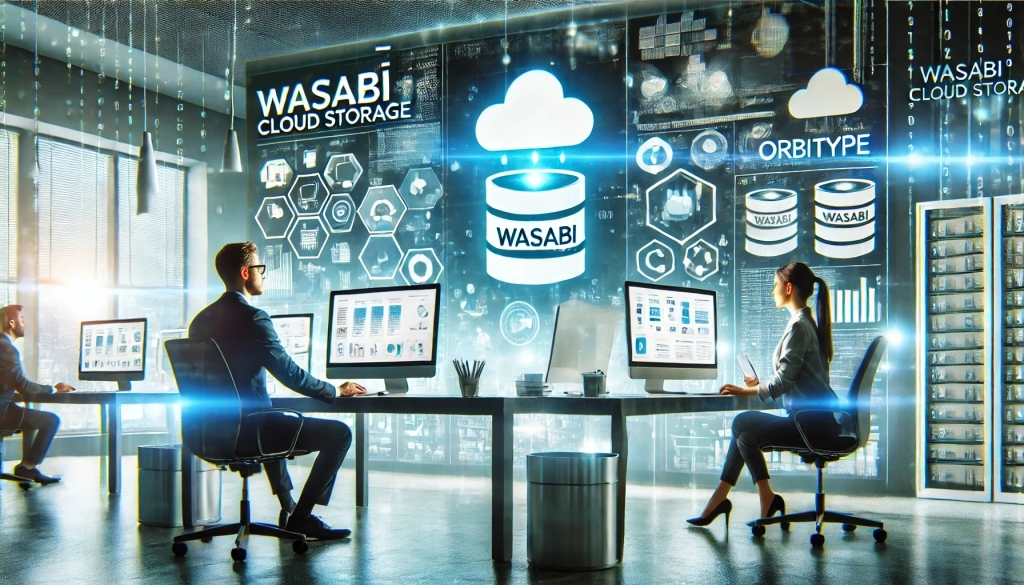
Seamless Data Management: Integrating Wasabi Cloud Storage with Orbitype
Boost your CMS performance with Wasabi Cloud Storage and Orbitype integration. Learn how this cost-effective, scalable solution enhances data management and delivers exceptional results.
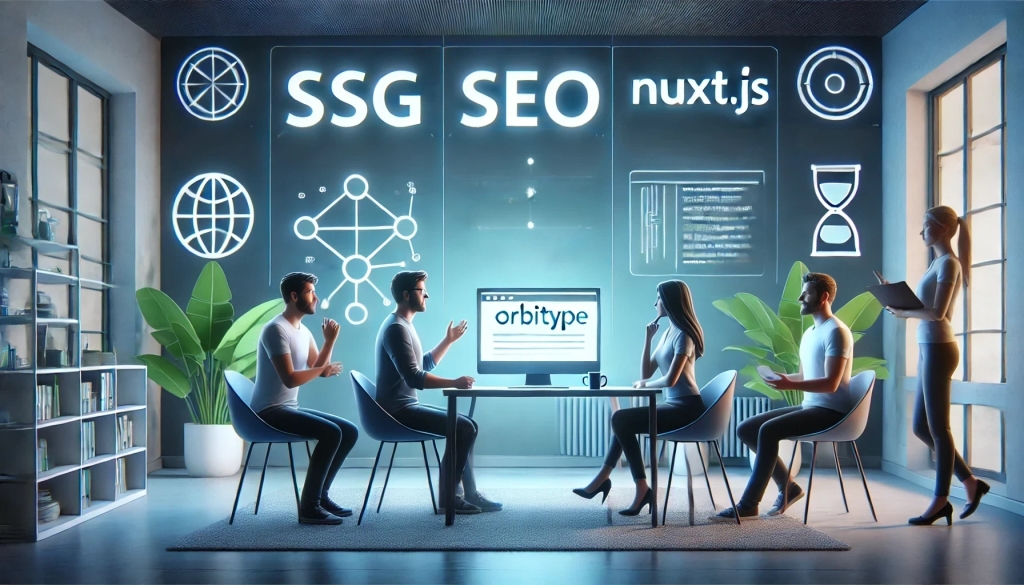
Integrating Orbitype with Nuxt.js for Optimal Performance and SEO
Leveraging Orbitype, a robust headless CMS, with Nuxt.js, a Vue.js framework, provides developers a powerful solution for building fast, SEO-optimized websites. This blog post explores how the integration of Orbitype and Nuxt.js harnesses the benefits of static site generation (SSG) and server-side rendering (SSR), thanks to Orbitype's API-driven content management system.
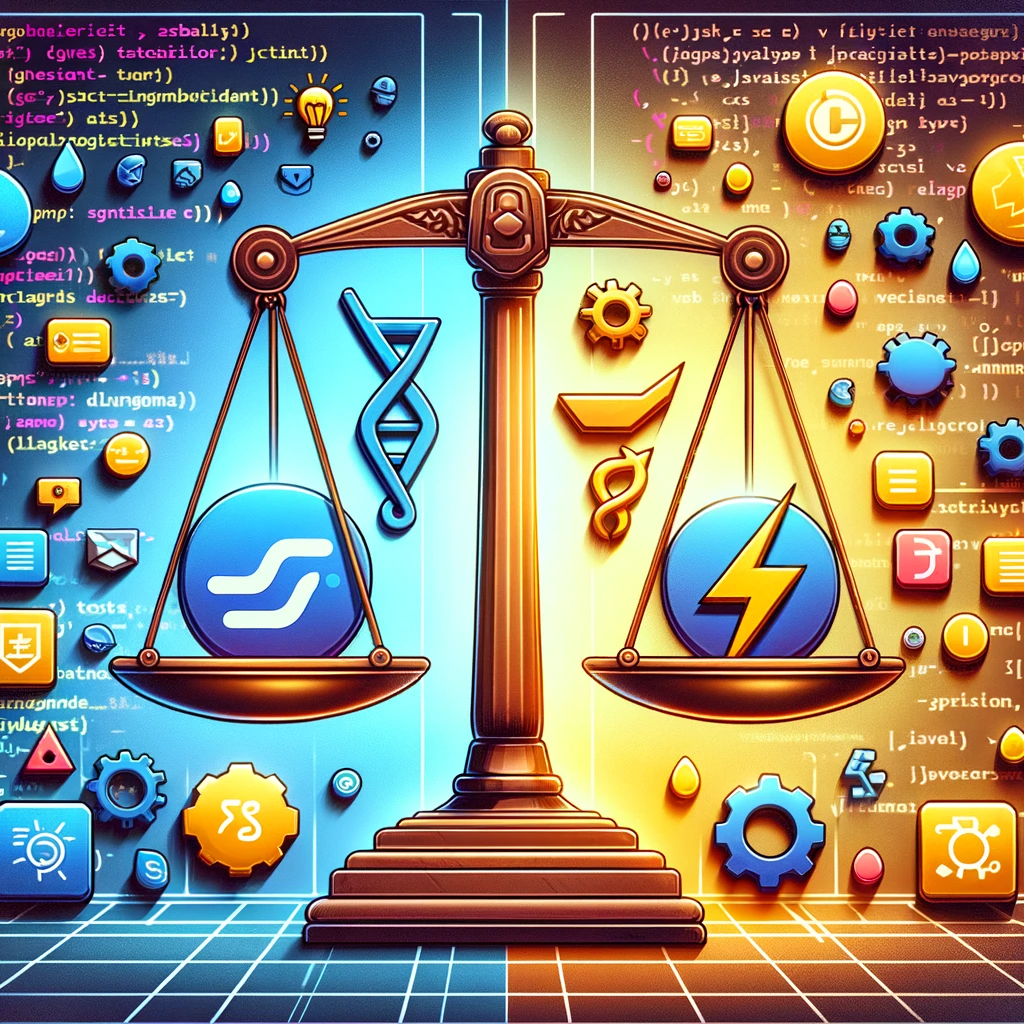
TypeScript vs. JavaScript
Discover the synergy between TypeScript and JavaScript for web development. Learn how Orbitype supports Nuxt CMS, headless CMS for Nuxt, and future-ready digital trends.
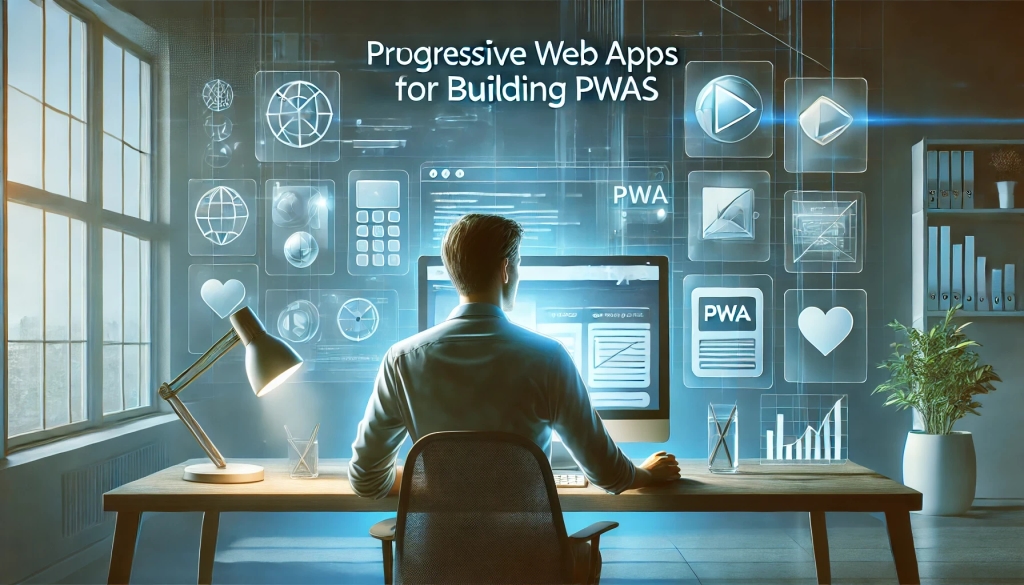
Building Progressive Web Apps (PWAs) with Orbitype
Explore how Orbitype enhances Progressive Web Apps (PWAs) with optimized performance, offline capabilities, and seamless content management for superior user experiences.
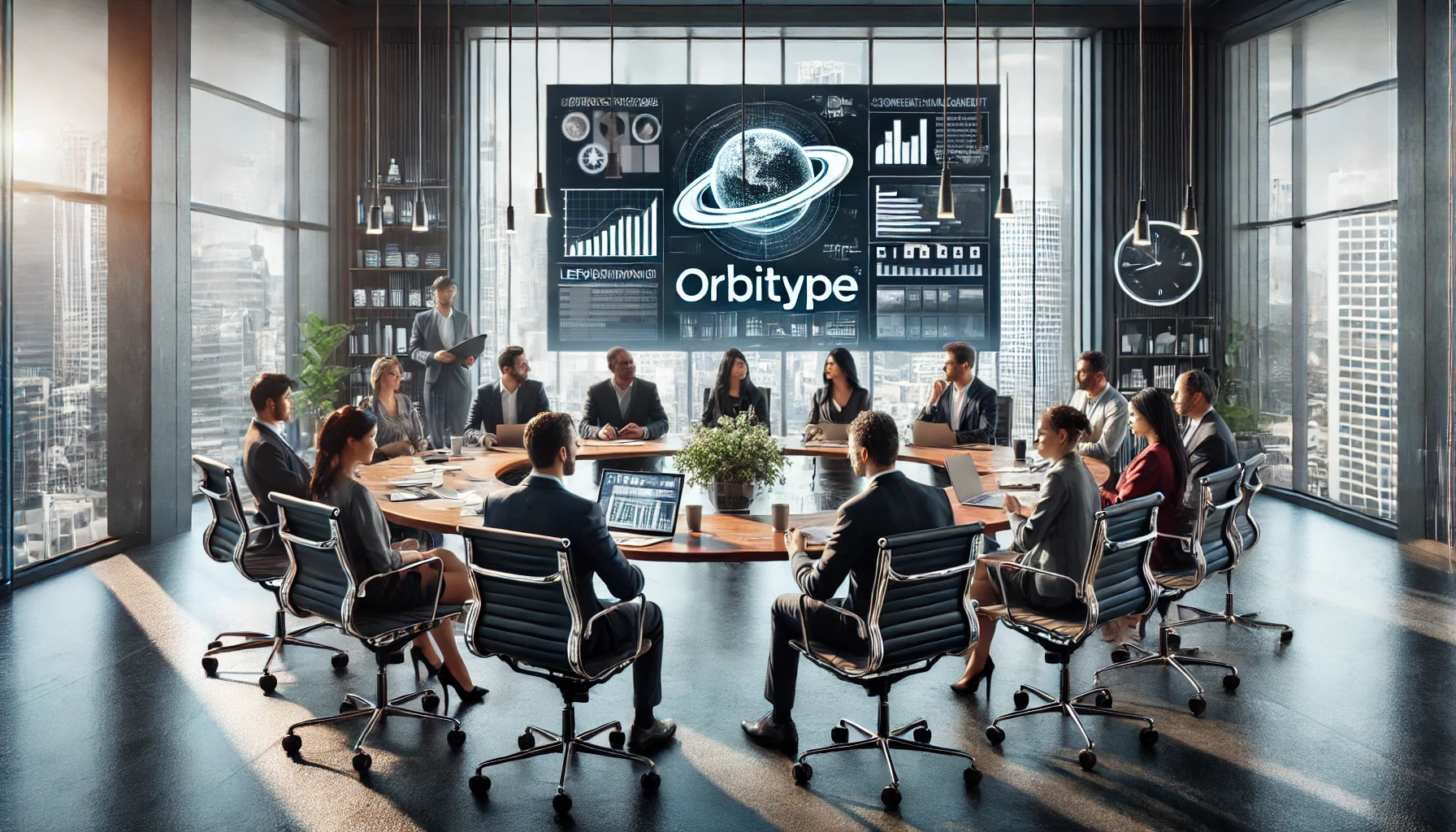
Leveraging Orbitype for Efficient Content Management in E-Commerce
nhance your e-commerce performance with Orbitype CMS. This scalable headless CMS simplifies content management, boosts SEO, and seamlessly integrates with Shopify, WooCommerce, and Magento for dynamic, flexible solutions.
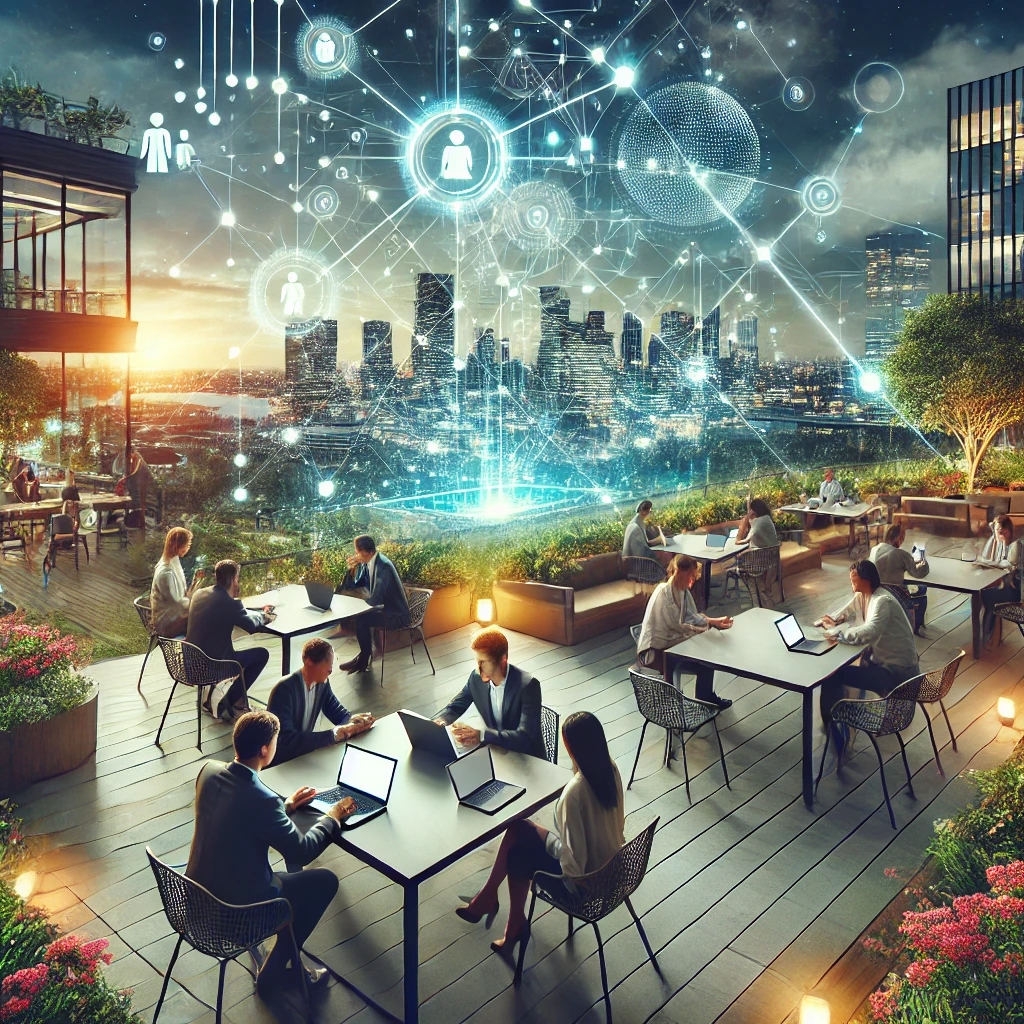
Mastering Third-Party Integrations with a Headless CMS for Efficient Workflows
Streamline workflows and scale your business with seamless third-party integrations using Orbitype's flexible headless CMS—designed for efficiency, automation, and growth.
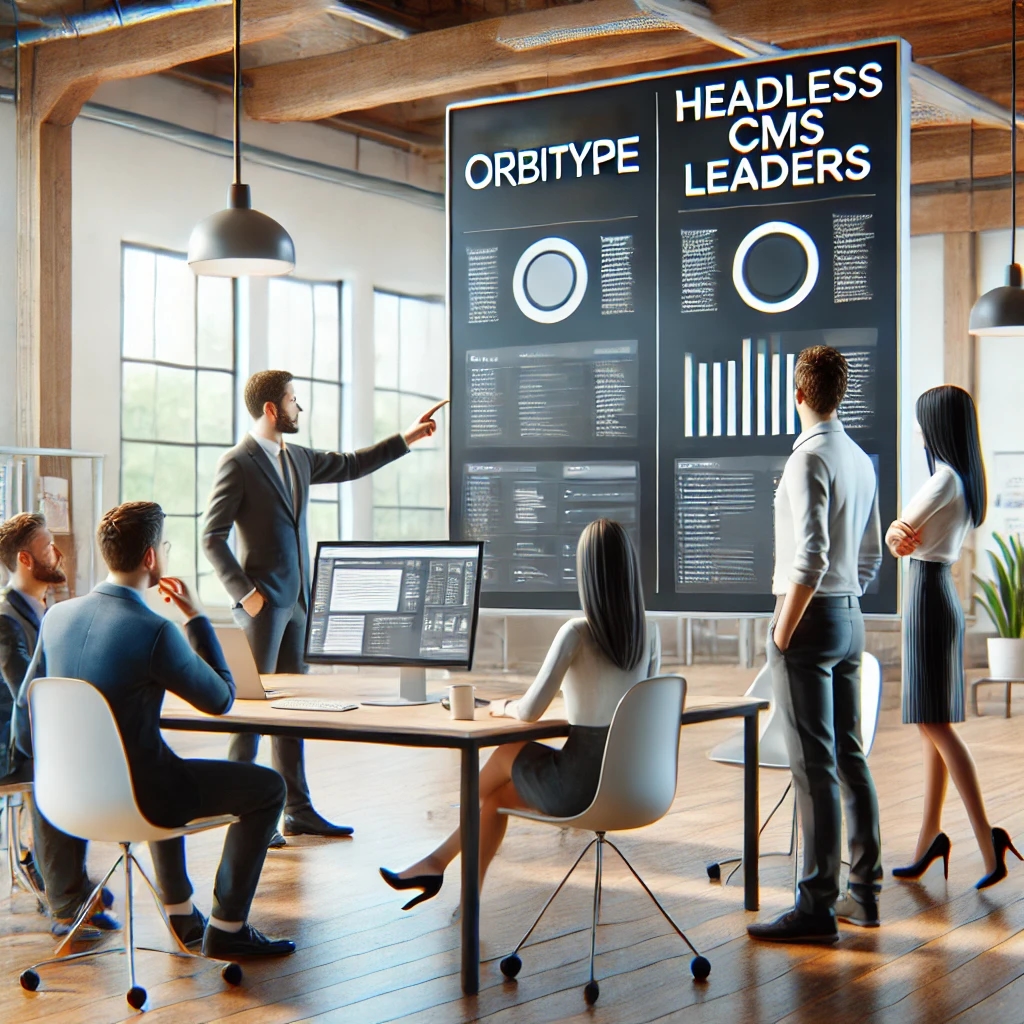
How Orbitype Compares to Headless CMS Leaders in 2025
Struggling to choose the best CMS? Discover how Orbitype compares to headless CMS leaders in 2025, solving complexity and scalability challenges with ease. Try Orbitype!
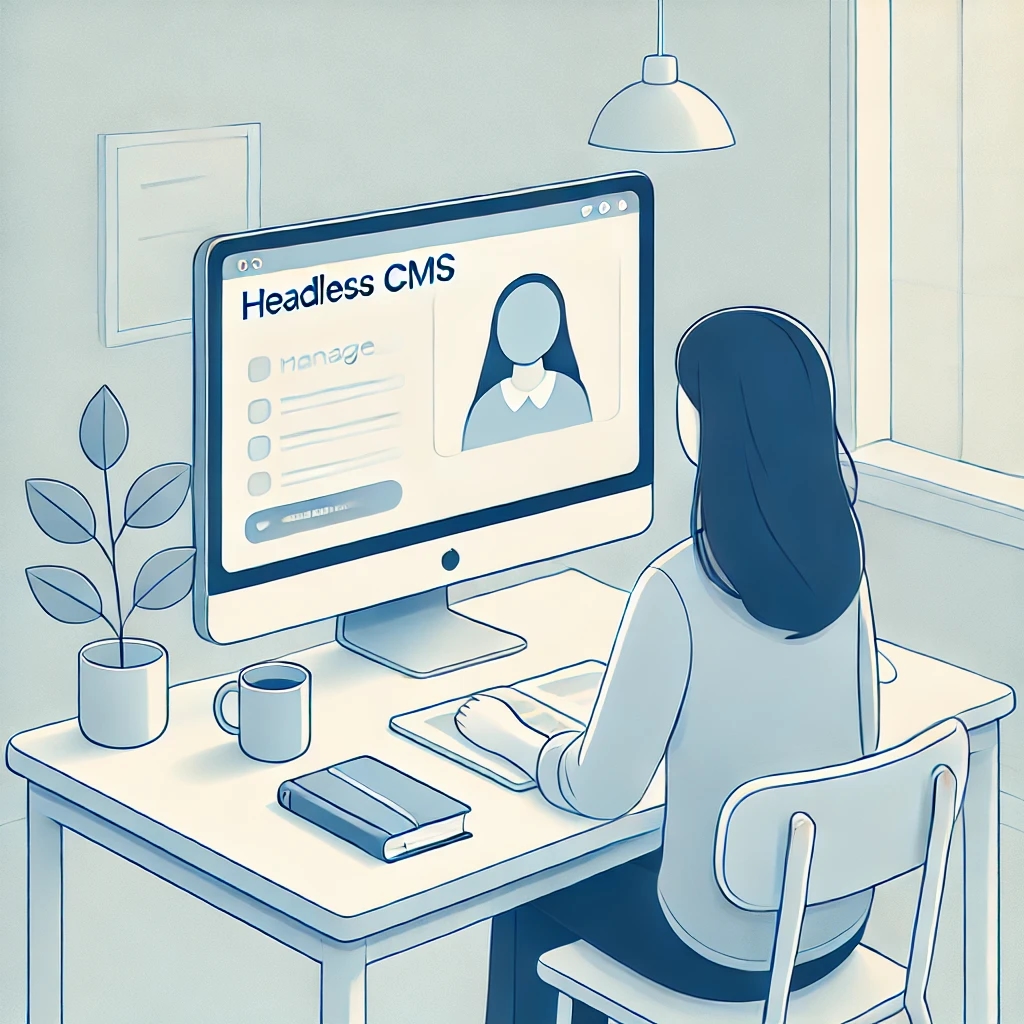
How Educational Institutions Benefit from Headless CMS for Online Learning
Enhance online learning with a Headless CMS. Discover how centralized content management, scalability, and seamless multi-channel access can transform educational platforms.
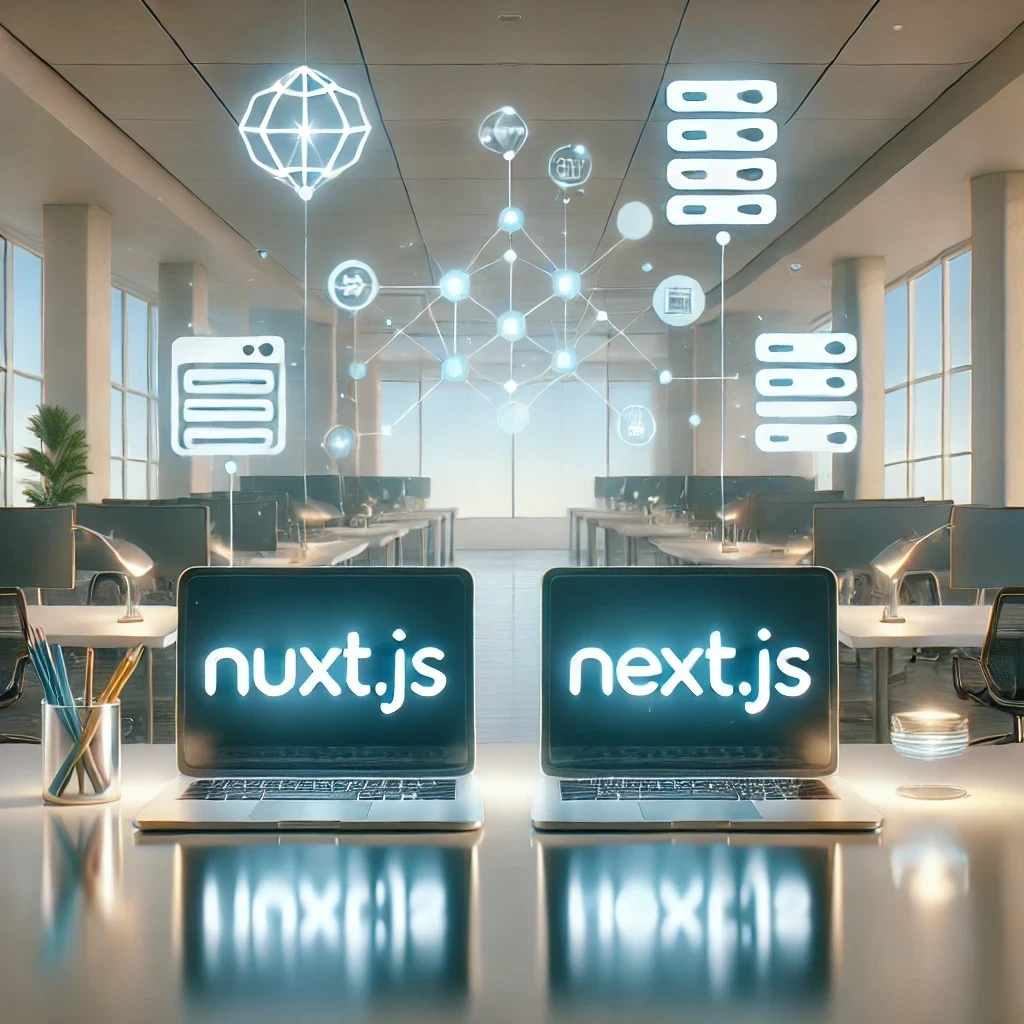
Nuxt vs Next: Which Framework Works Best with Headless CMS?
Compare Nuxt.js and Next.js to find the best frontend framework for your Headless CMS. Discover which offers better performance, scalability, and flexibility for dynamic web projects.
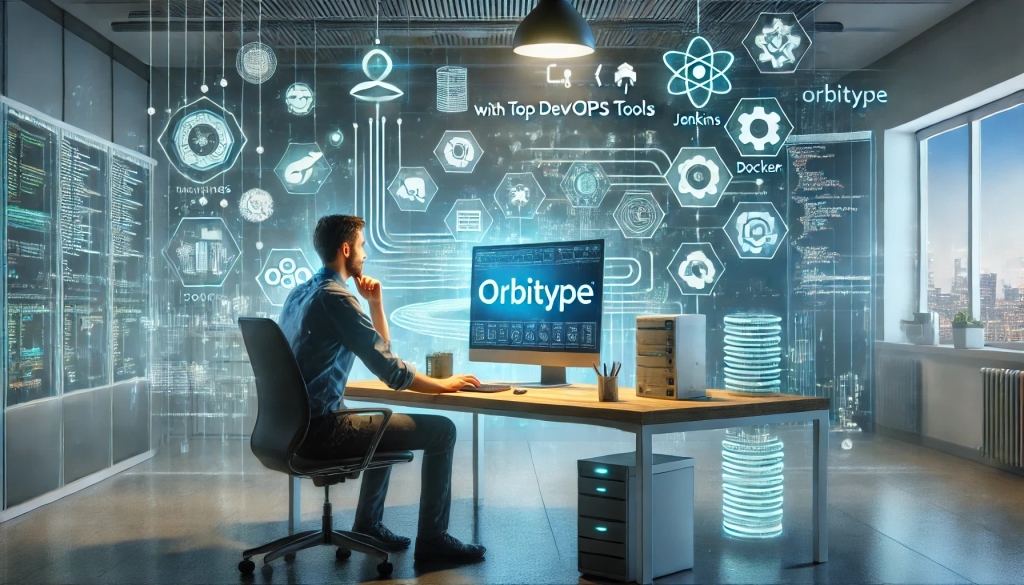
Streamlining Development: Integrating Orbitype with Top DevOps Tools
Discover how to integrate Orbitype with leading DevOps tools like Jenkins, Docker, and Kubernetes. Learn best practices for automating deployments, containerizing Orbitype, and scaling efficiently while streamlining workflows for continuous integration and delivery.
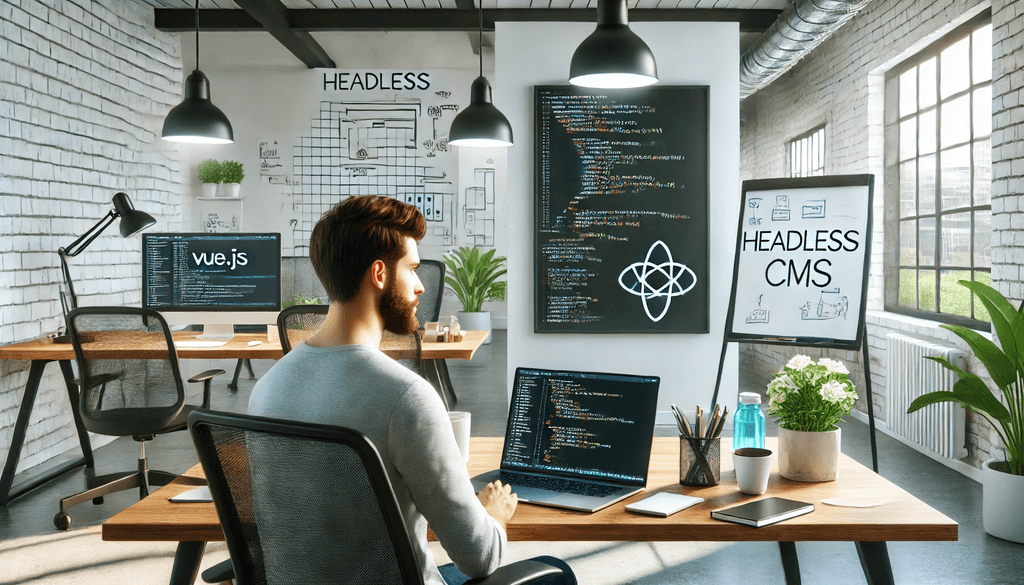
Building High-Performance Vue Apps with a Headless CMS
Discover how to optimize Vue.js apps with a Headless CMS for high performance, scalability, and SEO. Learn best practices and tools for creating dynamic web apps.

SQL or NoSQL: What's Best for Mobile Applications Using Orbitype?
Explore Orbitype, the ultimate headless CMS for React developers, offering seamless content management, enhanced performance, and flexibility to create dynamic web applications with ease. Learn how Orbitype simplifies workflows and boosts productivity.
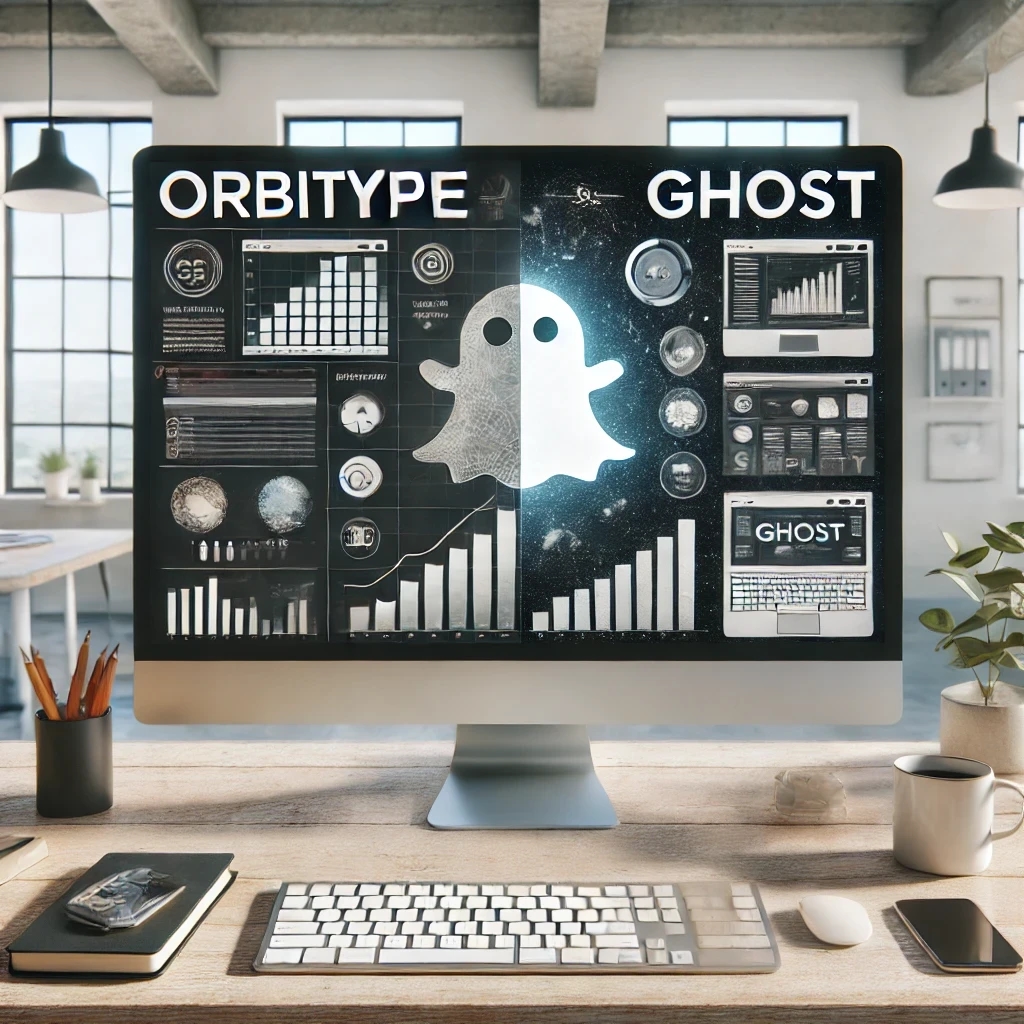
Comparing Orbitype and Ghost: Best CMS for Blogging in 2025
Compare Orbitype and Ghost to find the best CMS for blogging in 2025. Discover which platform suits your goals, from scalability to simplicity and dynamic content
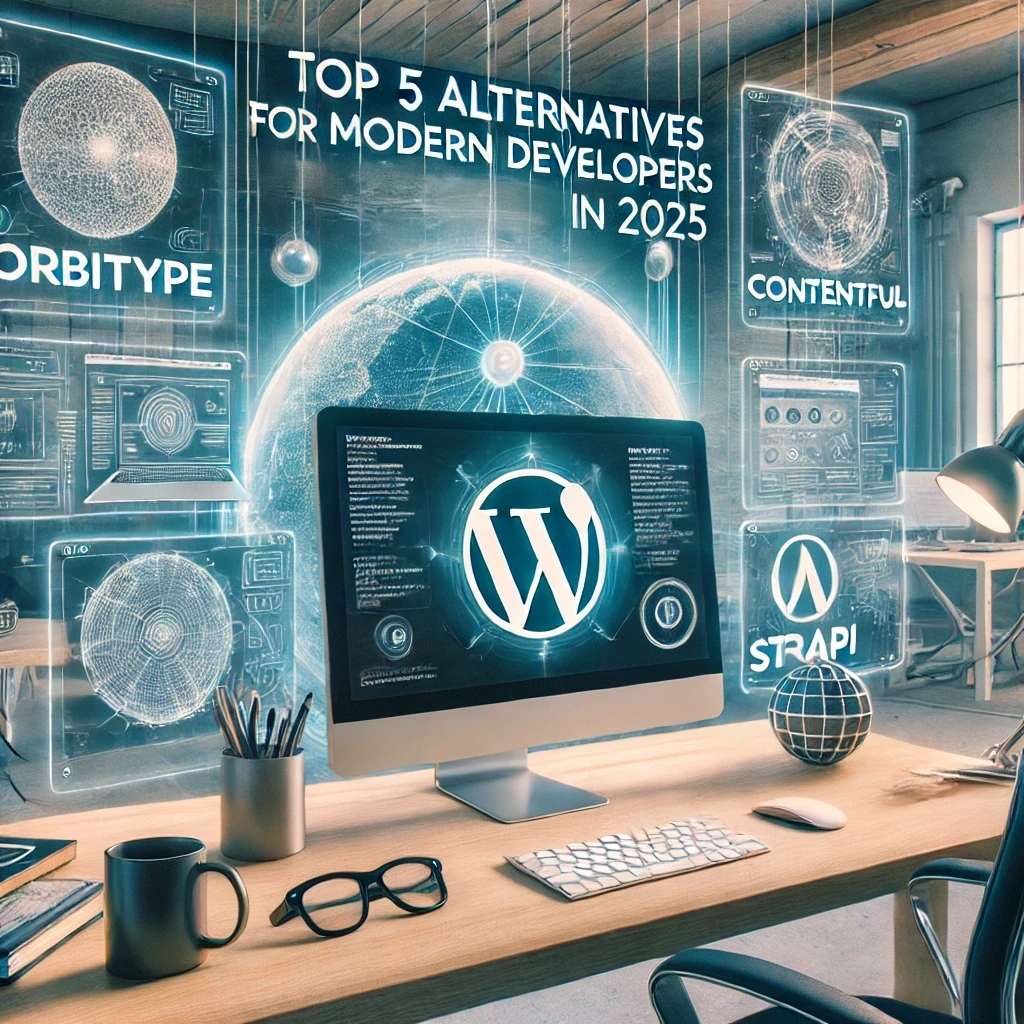
Top 5 Alternatives to WordPress for Modern Developers in 2025
Discover the top WordPress alternatives for 2025, including Orbitype, Contentful, and Strapi. Explore modern CMS platforms offering scalability, flexibility, and cutting-edge tools for developers.

Security and Compliance in Headless CMS: Focus on Orbitype
Explore headless CMS security with Orbitype: advanced authentication, data encryption, and compliance with GDPR & CCPA. Learn best practices for secure CMS operations.
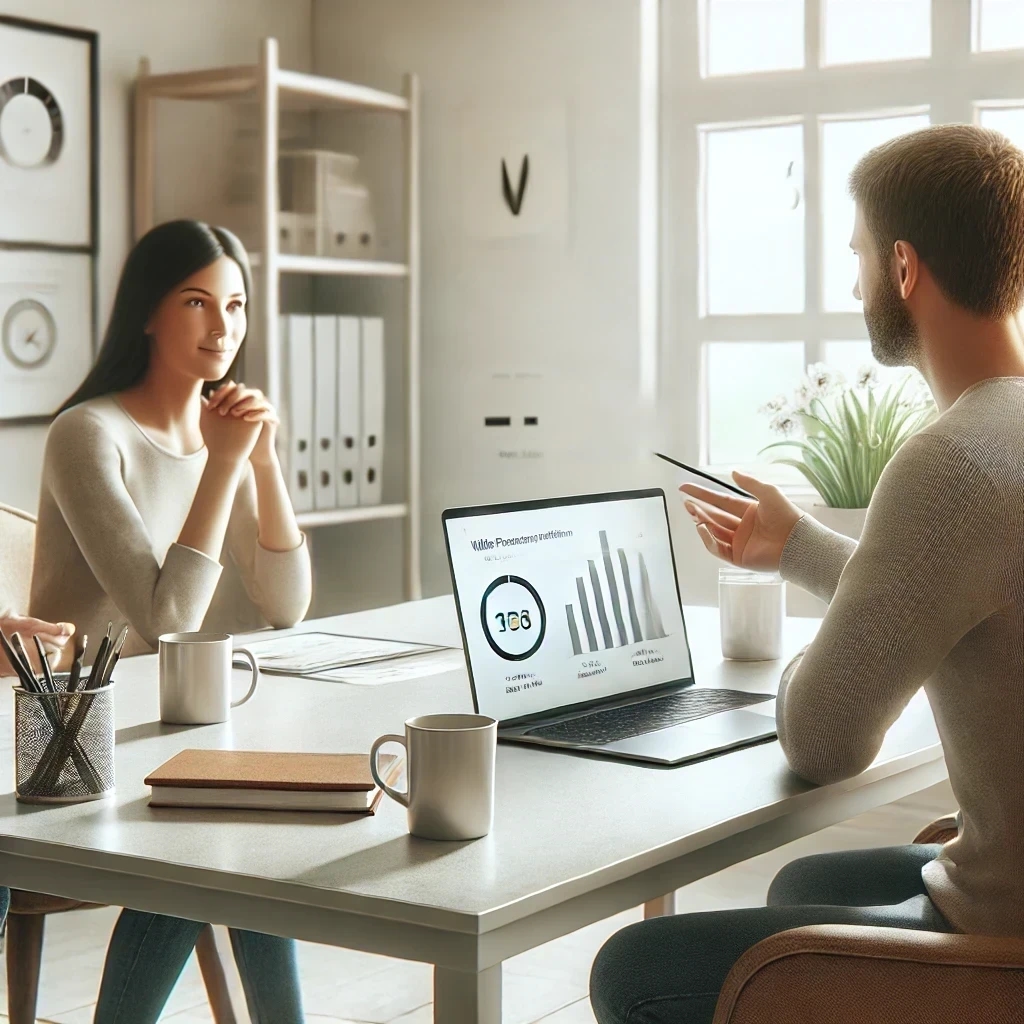
10 Tips for Optimizing Core Web Vitals in Headless CMS Websites
Discover 10 actionable tips to optimize Core Web Vitals for Headless CMS websites. Improve performance, SEO, and user experience with these essential strategies.
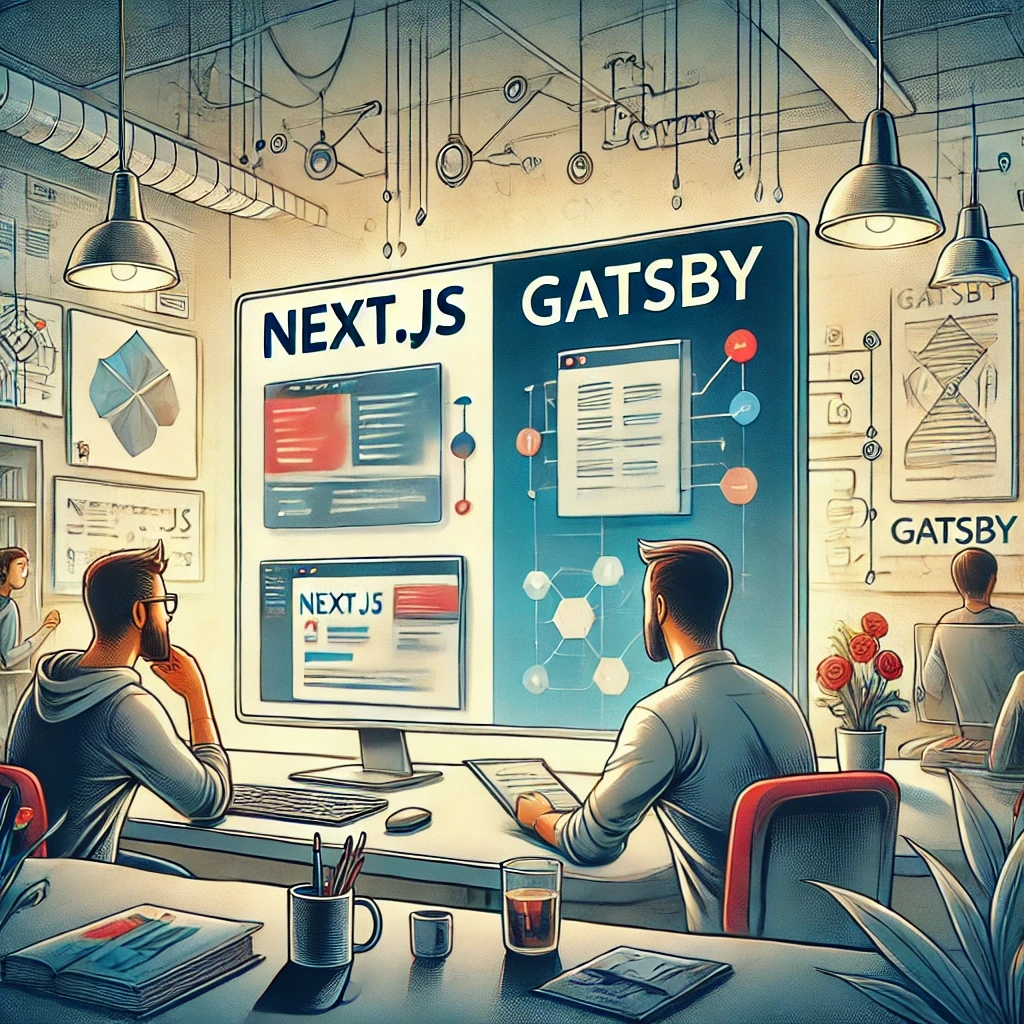
Next.js vs Gatsby: Which Works Best With a Headless CMS?
Choosing between Next.js and Gatsby can be challenging when working with a Headless CMS. This guide breaks down their strengths and helps you decide which framework works best for your dynamic or static content needs.

CMS for Vue.Js - Orbitype Headless CMS
Explore Orbitype, the best Headless CMS for Vue.js, offering seamless API integration, dynamic content management, and unmatched performance for interactive front-end development.
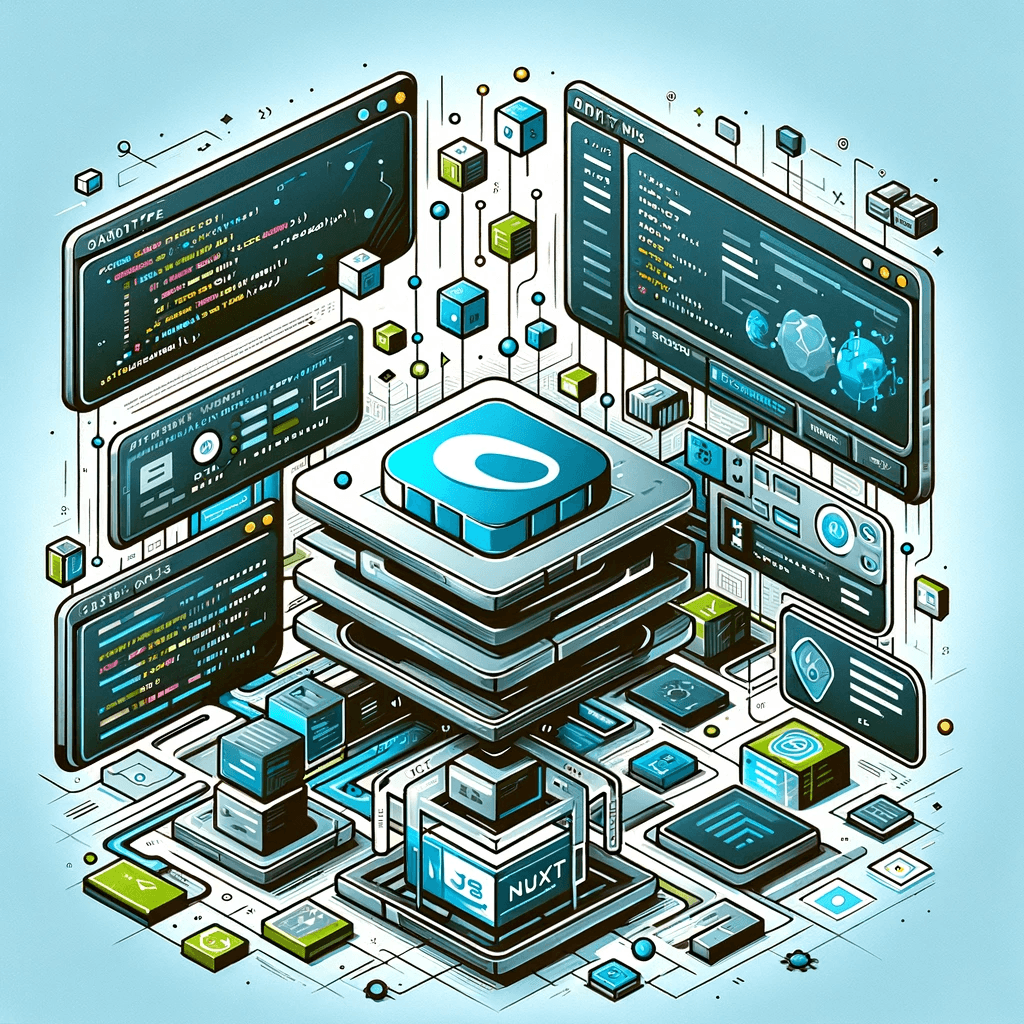
CMS for Nuxt - Orbitype Headless CMS
Optimize your Nuxt.js projects with Orbitype, the API-first Headless CMS offering scalable content management, multimedia repositories, and enhanced SEO for modern web applications.

Best Headless CMS Solutions for Portfolio and Personal Websites
Showcase your work with ease using Orbitype—the ultimate Headless CMS for portfolio and personal websites. Enjoy seamless integration, powerful customization, and SEO-friendly features designed for creators and developers.
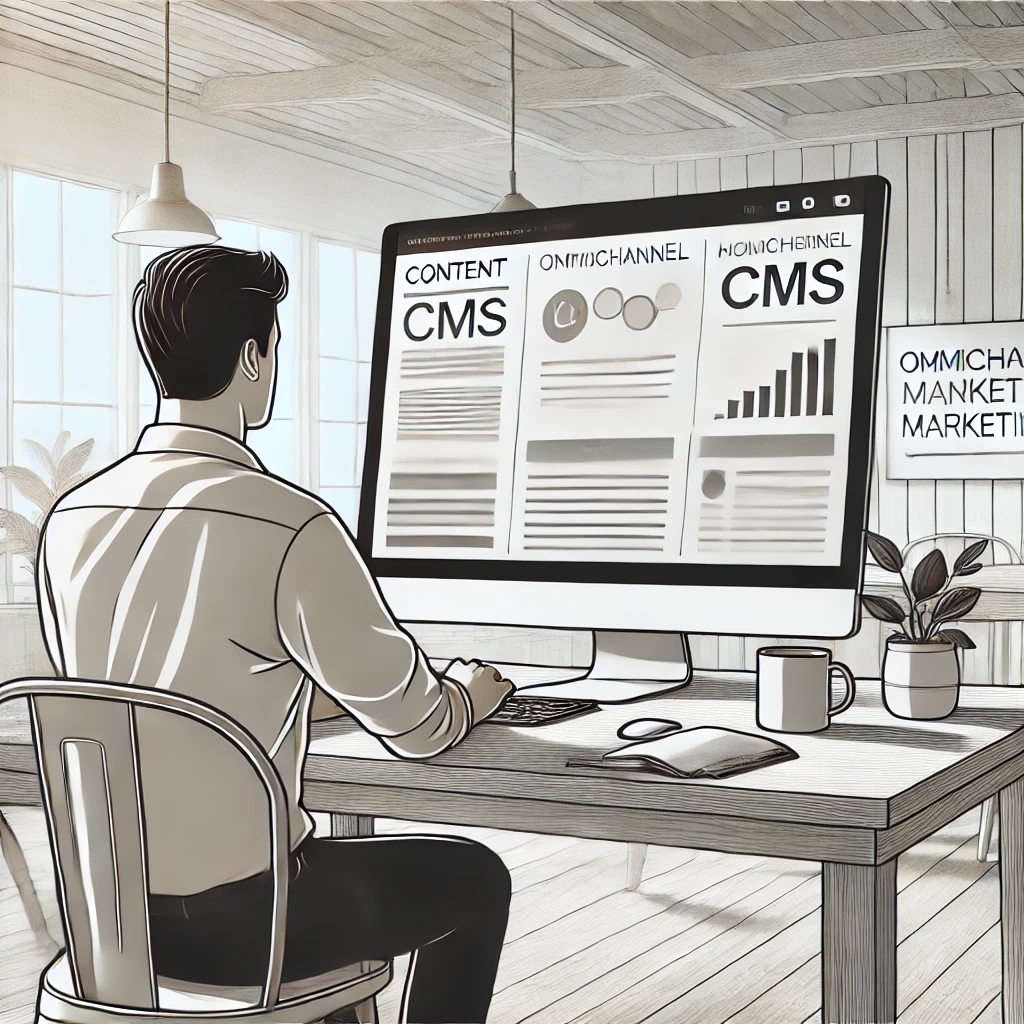
How Headless CMS Empowers Omnichannel Marketing Strategies
Boost your omnichannel marketing strategy with a Headless CMS. Centralize content management, deliver personalized customer experiences, and ensure consistency across platforms.

How to Scale Your Website with a Headless CMS for High Traffic
Scale your website effortlessly with a headless CMS like Orbitype—achieve faster load times, seamless scalability, and reliable performance during high-traffic surges
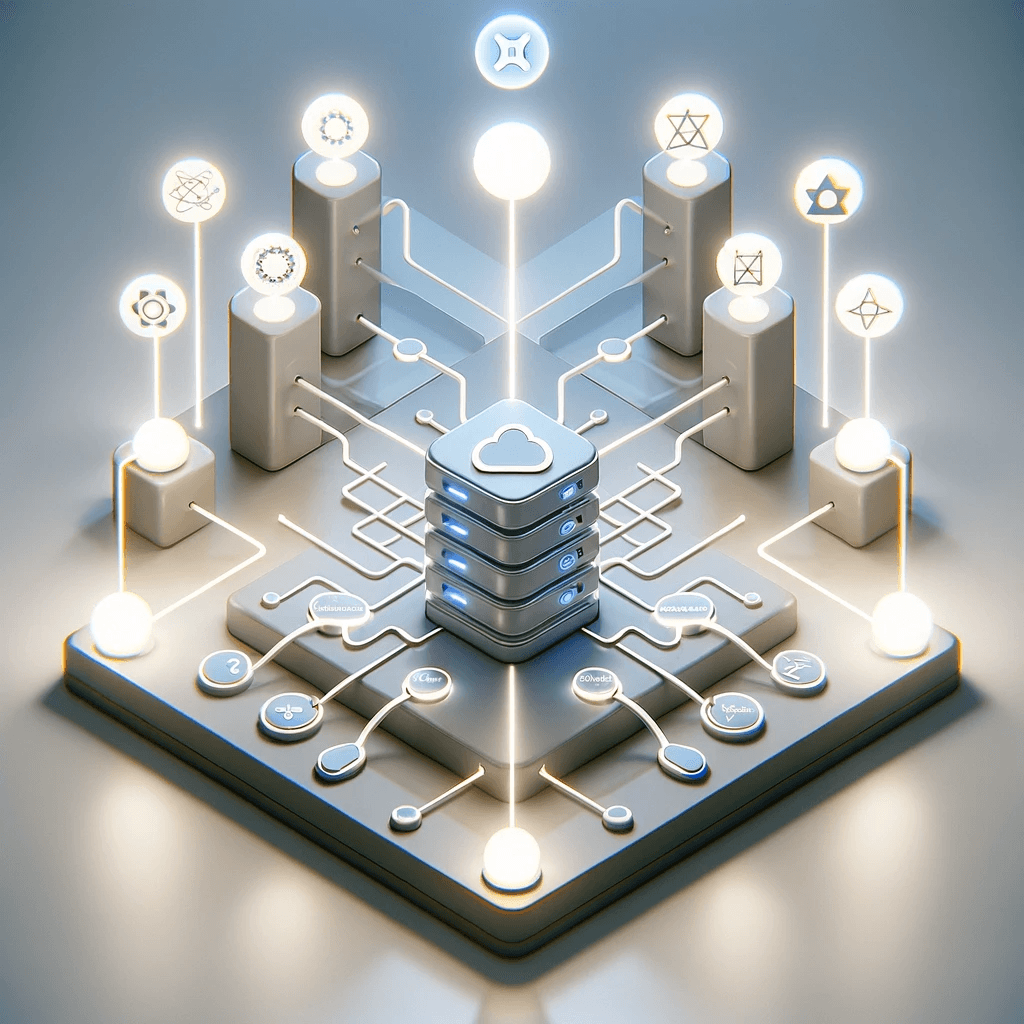
CMS for React - Orbitype Headless CMS
Orbitype is the ideal CMS for React developers, combining seamless API integration, flexible content management, and scalability to create fast, dynamic, and customizable web applications effortlessly.
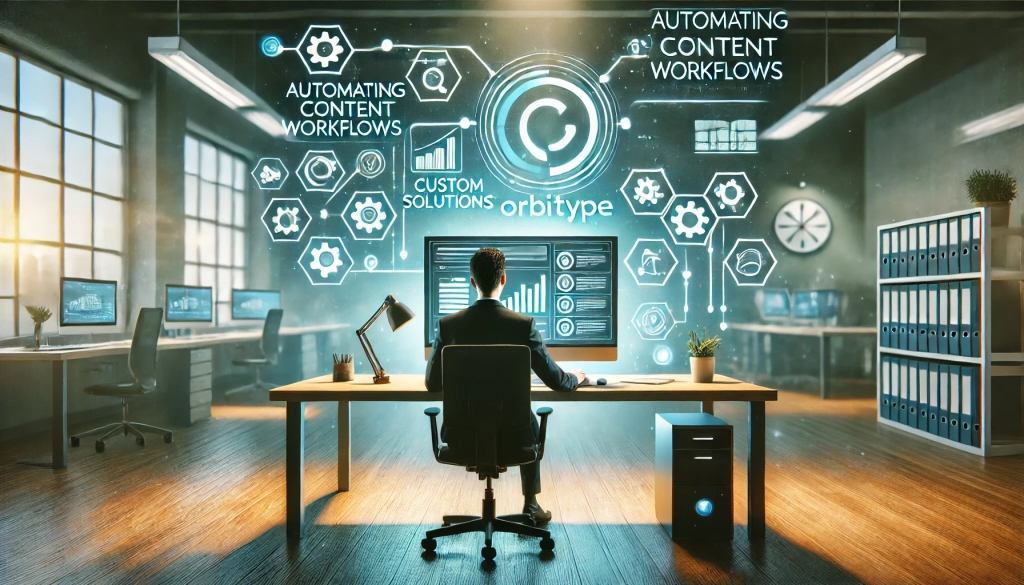
Automating Content Workflows with Orbitype’s Custom Solutions
Discover how Orbitype's custom CRM and ERP solutions revolutionize content workflows. Automate processes, reduce manual tasks, and improve productivity for software development agencies with tailored tools for seamless collaboration and efficiency.